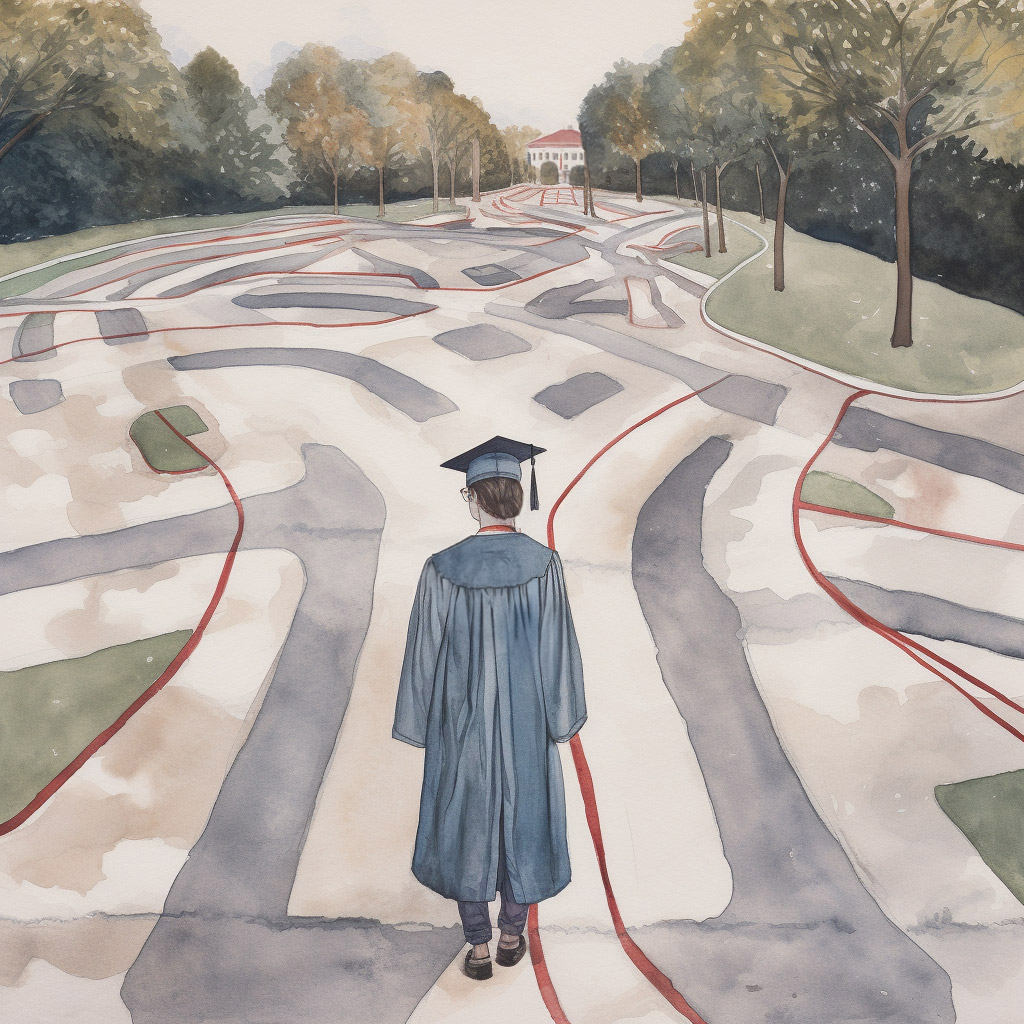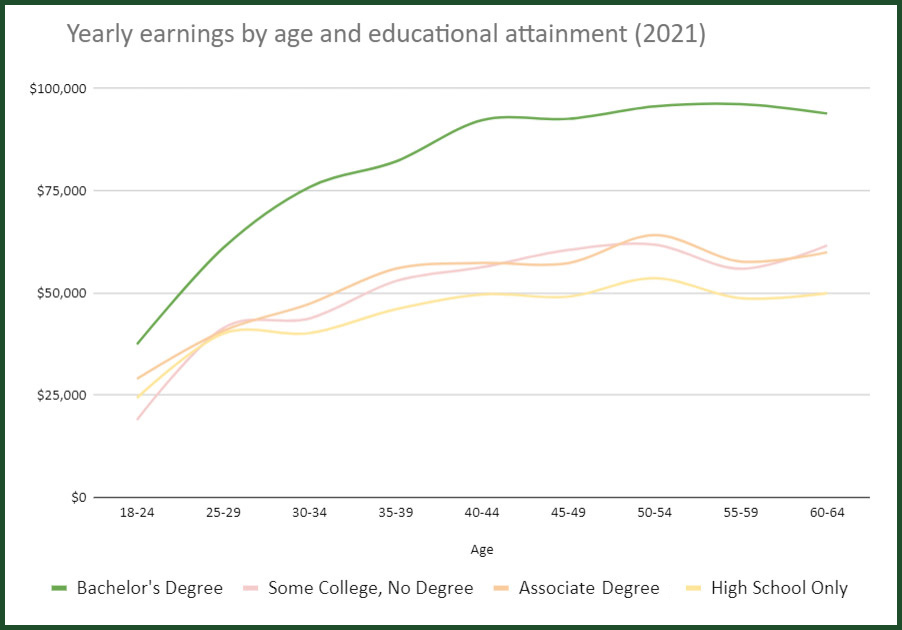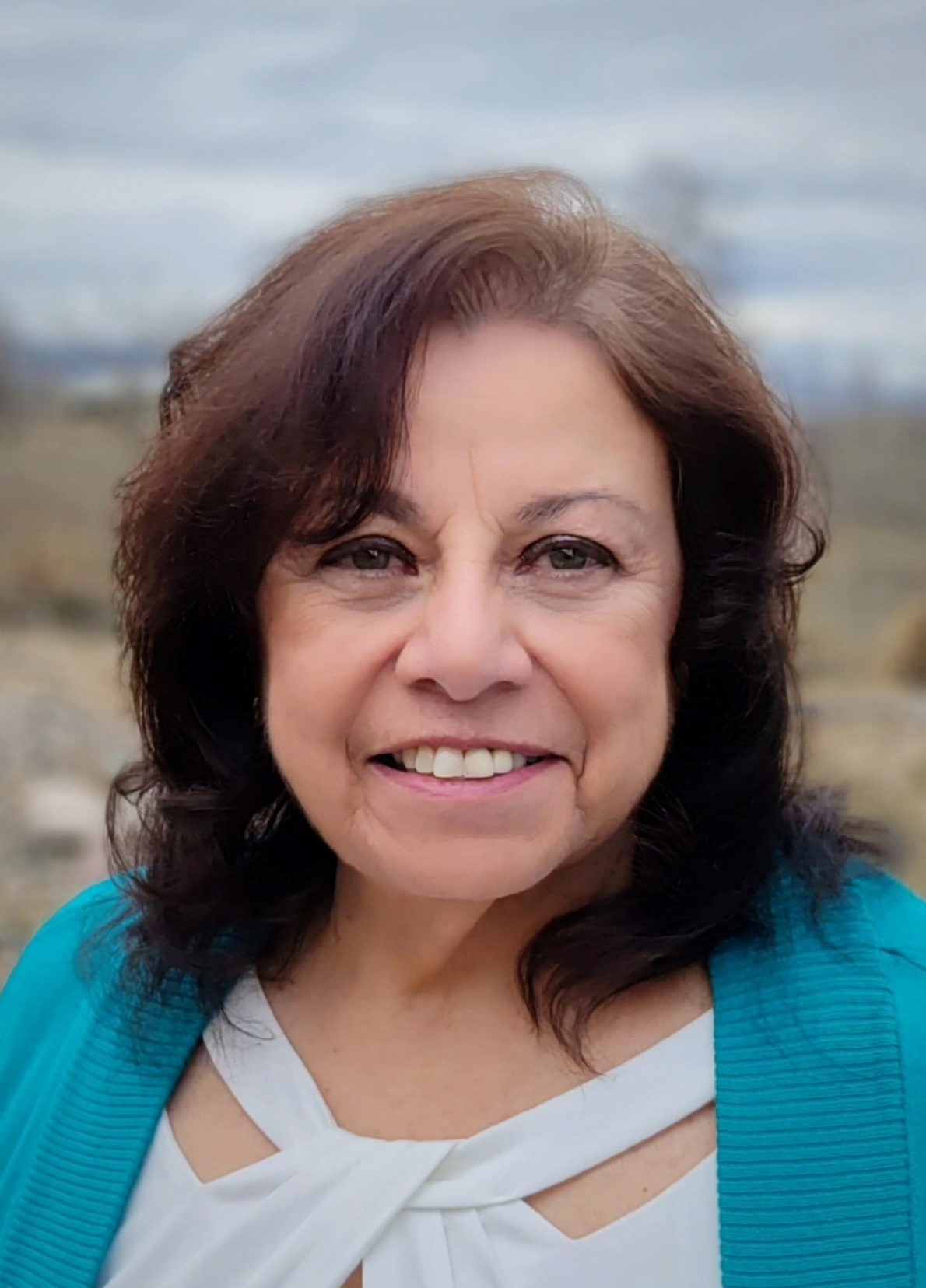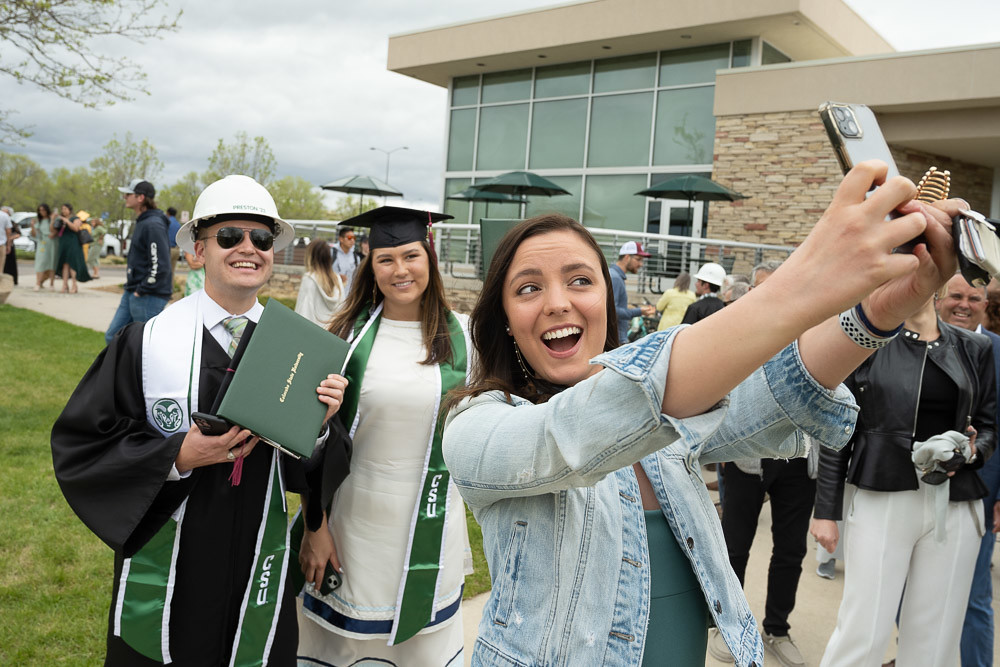
CSU Summer Institutes help limited-income students earn bachelor’s degrees – boosting lifetime earnings
On average, students who earn a bachelor’s degree go on to earn almost twice as much money over their entire careers as those who stop school after graduating high school.
Bachelor’s degree-holders are also nearly half as likely to become unemployed.
However, for would-be college students, the journey toward higher education can be daunting, especially for those at some of the least-resourced high schools in Colorado, many of whom would be the first in their families to go to college.

The challenge
From rural communities to urban centers, the challenges faced by underrepresented high school students vary greatly, but they often lead to a common conclusion: “College isn’t for me.”
This adds on to an array of financial and social factors that leads students from lower income families to miss out on one of the most well-established paths to upward mobility – earning a bachelor’s degree – while their peers from higher income families go on to earn their degrees at much greater rates.
However, at Colorado State University, a decades-long effort to bring more low-income and first-generation high schoolers to campus for the Alliance Partnership Summer Institutes, taught by CSU faculty, has resulted in a dramatic boost in students’ college enrollment rates.
Inequality in national educational outcomes


Addressing student needs
To help high schoolers understand that they do belong and they can succeed in college, Patricia Vigil, CSU’s director of University Partnerships and Student Success, has spent the last 15 years working to understand the unique needs of students across the state who have historically been underrepresented in colleges as part of the University’s Alliance Partnership.
She has played a critical role in building relationships with educators, students and families at the partnership’s 10 Colorado high schools, which serve a greater percentage of diverse, limited-income, and first-generation students.
“I’m a first-generation Latina, I come from southern Colorado and neither of my parents had a college degree,” said Vigil, who went on to earn her Ph.D. in psychology, experiencing firsthand how education can change someone’s life.

Average College Enrollment Rates
46%
Alliance Partnership high schools
Since 2019
76%
CSU Summer Institute participants
Since 2008
Answering big questions
“Am I going to be able to afford it?” wondered Samantha Geiser as she weighed the decision of whether or not to attend college.
But after touring CSU, she fell in love with the school and decided she would do whatever it took to attend and earn her degree.
“I knew as soon as I set foot on campus that this was where I wanted to go and this was where I wanted to graduate from,” she said.
“[CSU Alliance staff and students] made sure I had all the resources I needed.”
– Samantha Geiser, Alliance Partnership scholarship recipient and CSU graduate
At the time, Geiser was attending Centauri High School in La Jara, Colorado, where the town’s population is under 1,000 people and her senior class was a little over 60 students.
Her parents hadn’t attended college, and neither had any of her siblings, so she wasn’t sure where to start on her journey to becoming a CSU graduate.
So, she reached out to the University’s admissions team and got good news: she immediately qualified for $4,000 per year in scholarships because her high school was part of CSU’s Alliance Partnership.
Geiser ended up enrolling in CSU and graduating with a bachelor’s degree in psychology and now works as a youth service specialist with the Colorado Department of Human Services. As a student at CSU, Geiser wanted to help other high schoolers experience college – and understand what resources were available to them – so she became a Summer Institute mentor.
Vigil has worked with many students like Geiser, who approach high school graduation unsure how to answer a dizzying array of questions about college. She doesn’t want those questions to go unanswered.
Will I fit in?
How do I apply?
Are my grades good enough?
Will I get lost in a big school?
What are the teachers like?
How much will I have to take out in loans?
Where will I live?
Will I be welcomed?
Life-changing answers
A major part of how Vigil has been able to help students figure out the answers to their questions about college has been through the Alliance Partnership’s Summer Institutes, a series of free and low-cost, on-campus educational experiences for students from Alliance schools.
Starting with a single engineering program in 2008, now roughly 500 students have participated in Summer Institutes that span a broad range of topics from food security and sustainable agriculture to veterinary medicine, journalism, women in construction and social justice through the arts.
“After completing their Summer Institute program and projects, our students go back to their high schools feeling more confident that they can succeed in college because they just have,” said Vigil.
From beginning to end, the Summer Institutes inspire students’ confidence in their ability to earn a degree. The program’s applications even mirror basic elements of a college application – like writing a personal essay and identifying references – so that when students are ready to apply to college it’s a less daunting task.
“This program is a reflection of our commitment to encouraging students to reach their full potential,” continued Vigil.

$90k
The median salary for CSU’s construction management students four years after graduating
“The [Women in Construction] Summer Institute was one of the best decisions I have made. It helped guide my decision to attend CSU for Construction Management.”
– Ava Martinez, Summer Institute participant and CSU graduate
The Summer Institute programs also introduce students to faculty members from across the University and connect high schoolers with the dedicated admissions and financial aid advisors who serve Alliance students.
“It really helps personalize the relationships with people key to our students’ success,” said Vigil.
As the Alliance Program has grown, the impact it has on students has become even more clear.
Vigil’s dedication to improving access to education, and her efforts ensuring the Alliance Partnership leads to positive student outcomes, resulted in her recognition with CSU’s Distinguished Community Engagement Scholarship Award.
Making a difficult decision less daunting
Although the process of selecting a college might be overwhelming at first, it can become simpler if students start comparing some basic numbers: a school’s graduation rate, net price (the cost after scholarships and financial aid) and career outcomes. These numbers can by easily found using the U.S. Department of Education’s College Scorecard.
Schools like Colorado State University have expansive resources to support students from all backgrounds, from orientation programs proven to increase graduation rates, to one-on-one tutoring, counseling, social groups that help build students’ support networks, comprehensive career services, no-cost applications, and more. This helps CSU achieve above average outcomes for its students across income levels.
How CSU stacks up
70%
Graduation rate for low-income students who start their degrees at CSU.
19% higher than average.
$14.7k
Annual instructional spending per student at CSU.
19% higher than average.
$52.9k
Median earnings of CSU graduates 4 years after completing their degree.
4% higher than average.
$11.7k
Annual net price* for low-income students.
37% lower than average.
Numbers are drawn from all students receiving federal aid and provided by the Department of Education’s College Scorecard. Averages are based on all 4-year institutions (public, private, and proprietary).
*Net price is the annual amount that a student who receives federal financial aid pays to cover expenses (e.g., tuition, living expenses) to attend a school, minus any grants and scholarships received. For public schools like CSU, this number only reflects the average cost for in-state students.
What the future holds
It’s a natural human tendency to discount the value of future benefits the longer it will take to achieve them, shying away from the present day challenges you’ll have to persevere through to get there.
The $75,000 salary you’d earn a few years down the line with a bachelor’s degree feels more abstract than the cash you could have in hand within a few weeks of starting a lower paying job in your hometown.
But Patricia Vigil, and so many others across CSU, are working hard to show students that earning a bachelor’s degree isn’t an abstraction, it’s a reality, and it’s an investment in yourself that will continue to pay off for the rest of your life.
